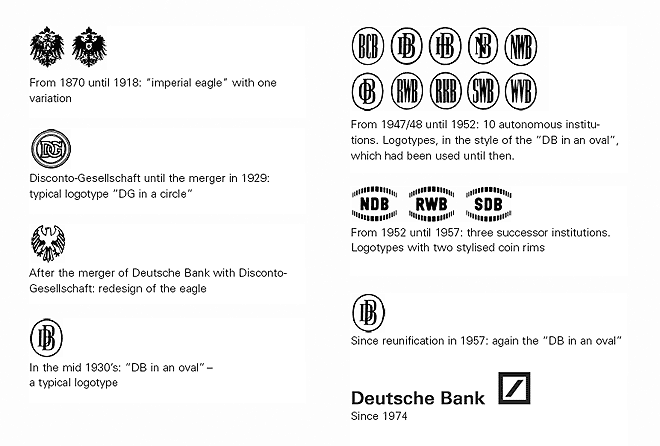Books as we used to know them
In Romania we used to have many books at home. It was in our habit to buy books, read them put them on the shelf and maybe read them again, or maybe just let them collect dust. We had hundreds, maybe thousands of books, not just because both my wife and myself we were teachers, but owning many books was a cultural trait of Romanians.
I think it has to do with the political situation during the Communist time. When everything was censored, the TV was broadcasting only propaganda and there was little mobility, for intellectuals books were an excellent way to escape the absurdity of the moment.
Even after the fall of Communism, Romanians would buy a lot of books; finally you could read all the censored authors, books were still relatively affordable and libraries were a pain to use.
In 2002, when we finally got the Canadian visa, and started selling everything, it was painful to realize how little value our books carried. Nobody would buy them, the second hand bookstores were overwhelmed with books from people leaving the country. I sold hundreds of books literally for pennies, I donated to libraries that would accept them and the rest I still have it in boxes back in Romania, waiting that maybe one day something will happen with them.
This was a painful lesson for me and I told myself that I will never buy books again, unless I have to.
I’m sure other Canadians, not just immigrants, but anyone who had to move realized buying books is not a good idea. Anyone trying to sell their library, realized that buying new books is a poor investment decision. These are universal truths, not just in Romania or in Canada, but everywhere and I would expect that book publishers and retailers to act accordingly.
Google Books
Google has ambitious plans regarding books. Sean Prpick from CBC, produced a very interesting Ideas show about Google Books called The Great Library 2.0 where he’s talking about the plan of Google to become the modern version of the Alexandrian library. There are some interesting points raised in the show about the possible consequences of letting a private company handle this task. You can listen to it by subscribing to the Ideas Podcast.
Now that Google has managed to scan a huge number of books, it makes absolute sense to come up with a tool take make all that wealth accessible.
There are many manufacturers, retailers and publishers that came out with e-readers as an alternative to books. Amazon with it’s Kindle, Sony with it’s Sony Reader, or the Nook of Barnes & Noble are all devices that claim to represent the future of books. I’m not that convinced, if readers are locked into using a device to read their books, we’re back to the same situation as with paper books. These days I would also expect of gadgets to do more than one thing, e-readers have limited functionalities, hence, they are over-priced, bulky and probably, rather sooner than later, will be collecting dust.
The Google ebookstore that was launched a couple of weeks ago is an amazing solution. It offers books for sale without locking you into a single device. Even more, it will help you synchronize among all your devices, so that you can start reading a book on the computer and finish it on your smartphone.
Here is a video demonstrating the features that come with it:
Google ebookstore in Canada
For now if you go on Google ebookstore from Canada, you won’t be able to buy books, only download the free ones. I hope the negotiation of Google with the publishers and retailers will advance faster and I hope that finally they’ll stop pissing against the wind. I would be curios to look at some statistics after this Christmas season about trends in buying paper books versus ebooks.
I’m also looking forward to the time when Canadians won’t have to pay 30% more for a book. Even as the Loonie is on parity with the Greenback, prices of books are still the same as when 1 CAD was .70 USD.
It will be also interesting to follow how Google will manage to give ebook owners true ownership over the content. There are other features that too that will revolutionize reading books. For now it’s not the technology that slows down the progress, it’s rather the mentality and the laws that are slow to adapt to new realities.
Should we be patient and wait while the lawyers get rich? Should we the readers put pressure on the publishers and the retailers to rethink their business model?












